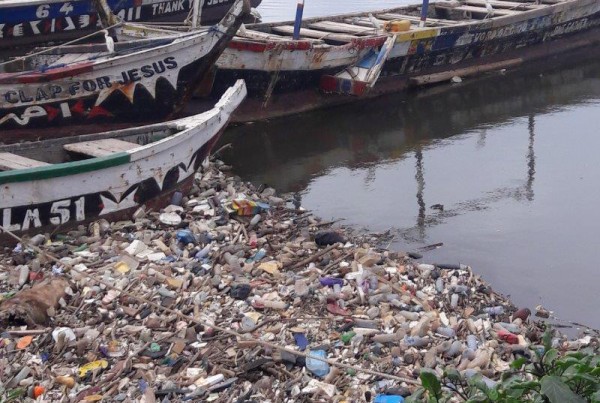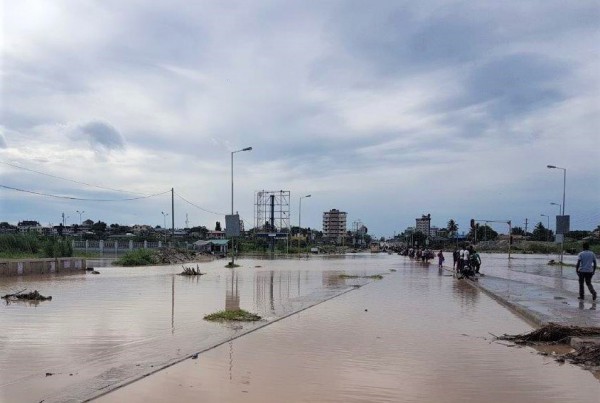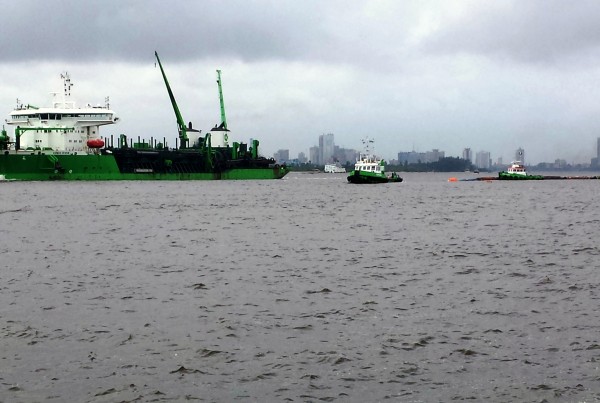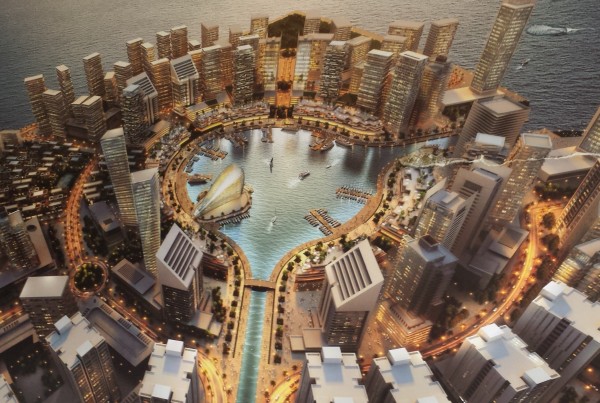
Inland Waterway Transport
Inland waterway transport is an important part for terminals or ports and should not only focus on adapting the waterways, but also on optimizing the means of transport to the natural hydraulic conditions. Accurate survey campaigns and numerical modelling studies will map the current situations with capability to provide for predictions of future extreme conditions, ambient conditions and morphological changes. This includes expected dredging volumes, optimization of transport routes and optionally restricted transportation windows to international standard morphological modelling studies on sand transports, erosion and accretion, with and without protection structures.
Together with our specialist partners, we also provide highest-level transaction advisory services for parties that are interested in concessioning of navigational channel management to port and inland waterway authorities.
Our world’s population is growing and the demand for trade and transport via water is growing along. This requires development of existing and new riverine ports with associated suitable water-based transport means. More and more large sea ports across the globe start the transport mode transition from road-based to riverine and canal hinterland connections (e.g. Port of Rotterdam).
Especially in deltaic areas usage of the inland waterways as transport means can relief the congested road systems, both for passengers and cargo/freight. Proper functioning inland waterway connections are highly related to river discharges, the morpho-dynamics and the extent of the lowlands of deltas.
In order to set up and maintain such inland waterways, sophisticated engineering is required.
Approach
CDR is fully committed to the development of inland waterways, as we believe it suits both the required global energy transition (most efficient means of transport in terms of energy) and the transport mode transition (bulk and PAX).
Accurate survey campaigns and numerical modelling studies will map the current situations with capability to provide for predictions of future extreme conditions, ambient conditions and morphological changes. This includes expected dredging volumes, optimization of transport routes and optionally restricted transportation windows to international standard morphological modelling studies on sand transports, erosion and accretion, with and without protection structures.
Profound understanding of the rivers and canals in combination with well adapted logistic chain is key for the success of an inland waterway system.
Services
CDR can provide the following services in the field of Inland Waterway Transport:
- (Pre-)feasibility studies of ports and marine facilities
- GIS-based site allocation studies for inland ports
- Demand and supply studies
- Conducting topographic & bathymetric surveys & charting
- Strengthening existing hinterland corridors and developing new corridors
- Construction methodologies and building materials of breakwaters
- Navigational and nautical aspects for incoming and departing vessels
- Design services for terminals, shipyards, naval facilities and (inland) waterway transport
Together with our specialist partners, we also provide highest-level transaction advisory services for parties that are interested in concessioning of navigational channel management to port and inland waterway authorities.






